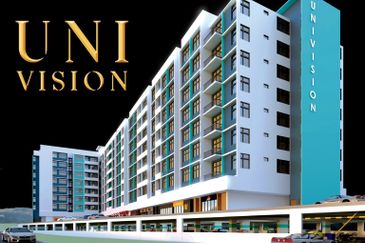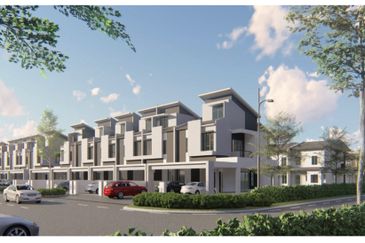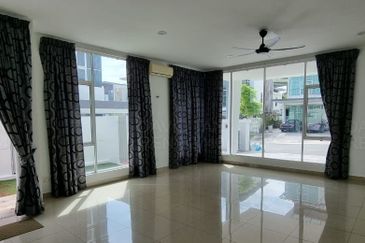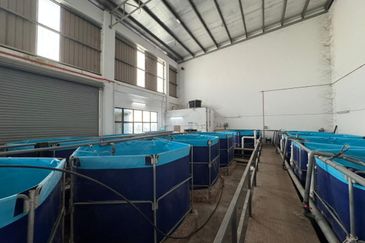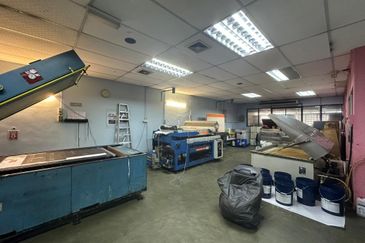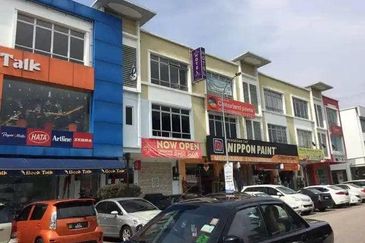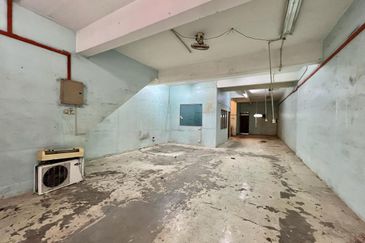Property sector
Downgrade to underweight: The broad market has been rebounding on the back of a strengthening ringgit, while the economic outlook appears to have stabilised. Developers, being a traditionally high-beta sector, are viewed to be a natural proxy for the economy. We note that the market is looking at bottom-fishing opportunities on a hypothesis that the sector is trading at bombed-out valuations.
It also appears that the market is thinning out on investment ideas, hence the plays for market laggards or bombed-out sectors, which naturally point towards the property sector. There is even talk that the new Bank Negara Malaysia (BNM) governor could introduce new measures to revive the market, such as introducing the developer interest bearing scheme (DIBS) for first-time homeowners and reassessment of loan-to-value (LTV) methods.
However, fundamental data is revealing that the sector may be undergoing a structural change, which may change the traditional property cycle altogether. Also, can we truly say that developer’s valuations have bottomed out if there are still earnings risks? With the changing of the guard at BNM, investors expect the new BNM governor to introduce measures to boost the property sector within the first six to nine months of his/her new office.
The Real Estate and Housing Developers’ Association Malaysia and other property developers continue to campaign to bring back the DIBS for first-time homeowners. If introduced, it will buoy sales for affordable housing developers like Hua Yang Bhd, Matrix Concepts Holdings Bhd and KSL Holdings Bhd, while larger township developers such as Eco World Development Group Bhd (EcoWorld), S P Setia Bhd, Mah Sing Group Bhd, and IOI Properties Group Bhd are expected to release more of such products.
However, it appears that there are a lot of concerns about whether it will be a strain on the banking system’s future asset quality or if it will cause more default rates down the road if these loan applicants do not have the right credit standing to start off with. We also think the main obstacle lies with the barriers of entry where first-time homebuyers without sufficient credit standing are given lower margins of finance.
As it is, we are seeing a wide amount of rebates and various financing schemes to aid developers. It also means the introduction of the DIBS for first-time homeowners may not be as impactful on the sector. Another possible monetary measure is increasing the 70% LTV cap on third home purchases onwards, but we think this is unlikely as it means that the policy is targeted at investors rather than addressing home affordability issues.
We believe BNM will face challenges balancing between the longer-term health of the banking system and asset quality versus loan growth, that is no easy monetary solution in sight.
During the global financial crisis from 2008 to 2009, the KL Property Index’s forward price-to-book value (PBV) hit a low of 0.5 times, which was in tandem with the slowdown in Malaysian residential transaction value (MRTV) back in 2009 of a 1% growth year-on-year (y-o-y). From 2010 to 2014, MRTV achieved a healthy average growth rate of 15% y-o-y, with a range of 6% to 22%, while the KL Property Index’s forward PBV valuation remained above 0.6 times (-1 standard deviation [SD]). However, calendar year 2015 (CY15) MRTV showed a decline of 10% y-o-y, the first in 10 years. Since we expect CY16 MRTV to be weak with a drop of 2% y-o-y, it begs the question of whether the sector will derate to 2008 to 2009 levels if MRTV shows its sharpest decline in 10 years?
Our applied revised net asset value (RNAV) discounts for developers are based on historical average to -1 SD levels, save for a few exceptions, which are valued at +1 SD because developers like Matrix, which are operating pure affordable housing in Negeri Sembilan, are facing less loan rejection issues compared to affordable housing developers in the Klang Valley, and for EcoWorld, we anticipate the listing of Eco World International Bhd (EWI) by the third quarter of 2016 (3Q16) to buoy its share price as EcoWorld is expected to take up a 30% stake in EWI.
Based on the reasons mentioned above, there is no fundamental reason to change our valuations as they are reflective of the property market scenario, save for EWI, which we widen its property RNAV discount closer to our sector average. As a result of the recent share price exuberance observed in property counters, we are downgrading our calls on UEM Sunrise Bhd, IOI Properties and KSL to “underperform” from “market perform”, while our previous preferred pick for 4Q15 and 1Q16, UOA Development Bhd, is now “market perform” from “outperform” due to its strong share price rally of late.
Our calls are maintained for the following: “market perform” for S P Setia, Sunway Bhd, Mah Sing, Malaysian Resources Corp Bhd and Matrix; and “outperform” for EcoWorld and Hua Yang.
We downgrade the property sector to “underweight” from “neutral” due to our downgrades in calls. For investors who have positions or have recently jumped onto the bandwagon of potential positive property measures, we advise investors to “make hay while the sun shines”, that is top-slice while sentiment is riding high.
For investors who have not taken positions in developers, we strongly suggest avoiding the sector for now. We will reassess our sector call once we have confirmation that key launches from our universe of developers have taken place and that take-up rates are expediting. — Kenanga Investment Bank, March 25
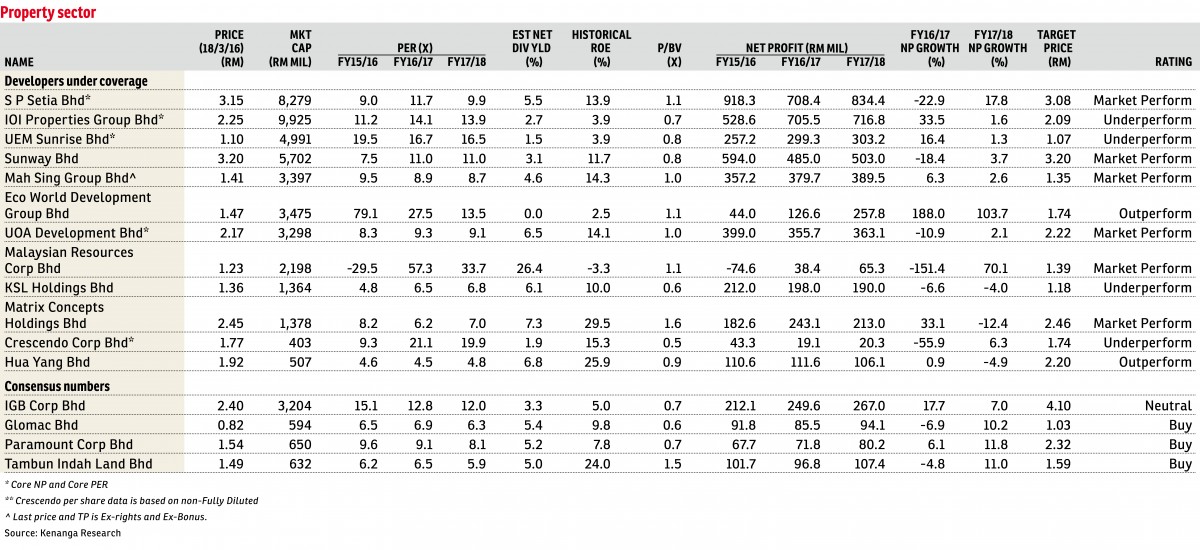
TOP PICKS BY EDGEPROP
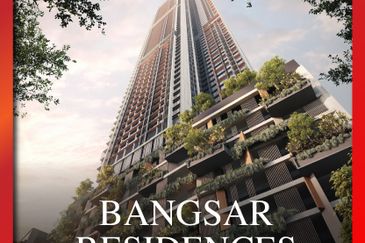
Parkside Residence @ Setia Federal Hill
KL City, Kuala Lumpur

Muara Tabuan Light Industrial Park
Kuching, Sarawak

Kawasan Perindustrian Taman Johor
Johor Bahru, Johor

Taman Perindustrian Desa Cemerlang
Ulu Tiram, Johor








